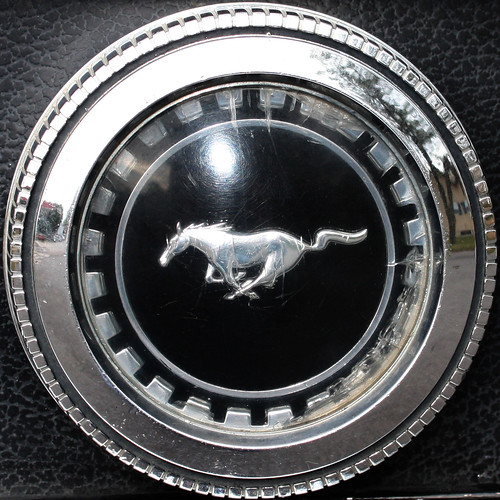Breakfast
Lunch
Stop - Hammer Time
Walk Like an Egyptian
Exit
Finally done with work! Was the last one out of the building for the first time since I started my new job.
The photograph to the right demonstrates the application of the rule of thirds. The horizon sits at the horizontal line dividing the lower third of the photo from the upper two-thirds. The tree sits at the intersection of two lines, sometimes called a power point. Points of interest in the photo don't have to actually touch one of these lines to take advantage of the rule of thirds. For example, the brightest part of the sky near the horizon where the sun recently set does not fall directly on one of the lines, but does fall near the intersection of two of the lines, close enough to take advantage of the rule.With that in mind, here are two photos that I took this week using the Rule of Thirds. It was pretty easy to line up the shots because the points in my viewfinder are already set up to help me divide my image into thirds. Hopefully people who might be trying this photo assignment have as easy a time! Otherwise, cropping works if you want to try and line photos up exactly the way you want.
 The other thing, of course, is that the film was black and white, which I firmly believe makes for more interesting pictures. The first time I did this assignment, my topic was a 1968 Ford Mustang. You have no idea how upset about not having those pictures I am. So for my second time around, I chose another Mustang.
The other thing, of course, is that the film was black and white, which I firmly believe makes for more interesting pictures. The first time I did this assignment, my topic was a 1968 Ford Mustang. You have no idea how upset about not having those pictures I am. So for my second time around, I chose another Mustang. The wheel picture didn't look that great, so I'm including this circular Mustang logo instead. Creative substitution is okay when you're making up your own assignments!
The wheel picture didn't look that great, so I'm including this circular Mustang logo instead. Creative substitution is okay when you're making up your own assignments!